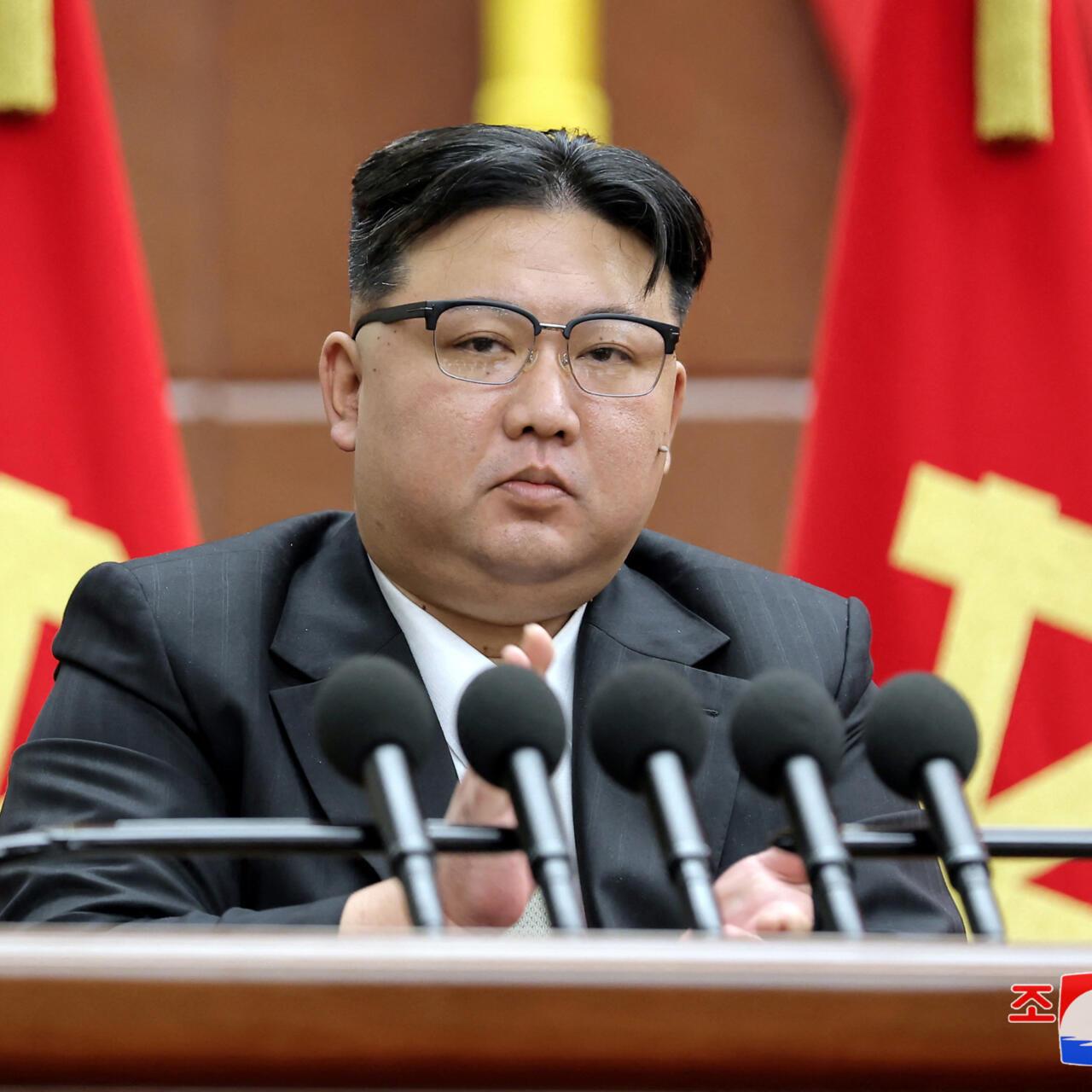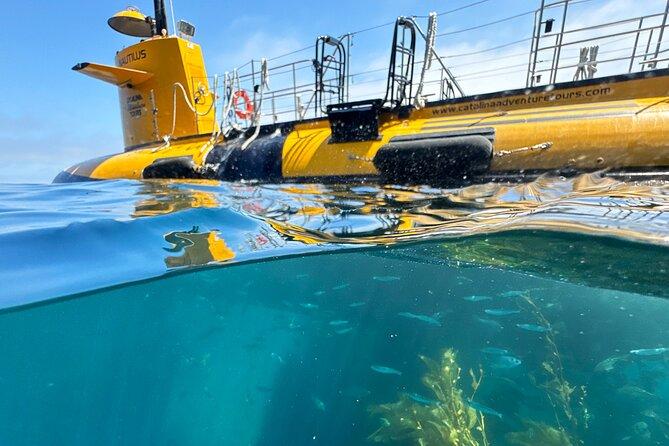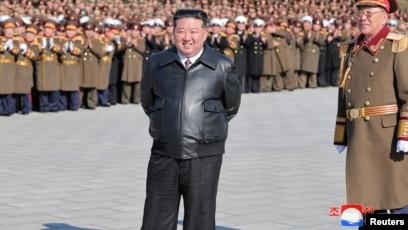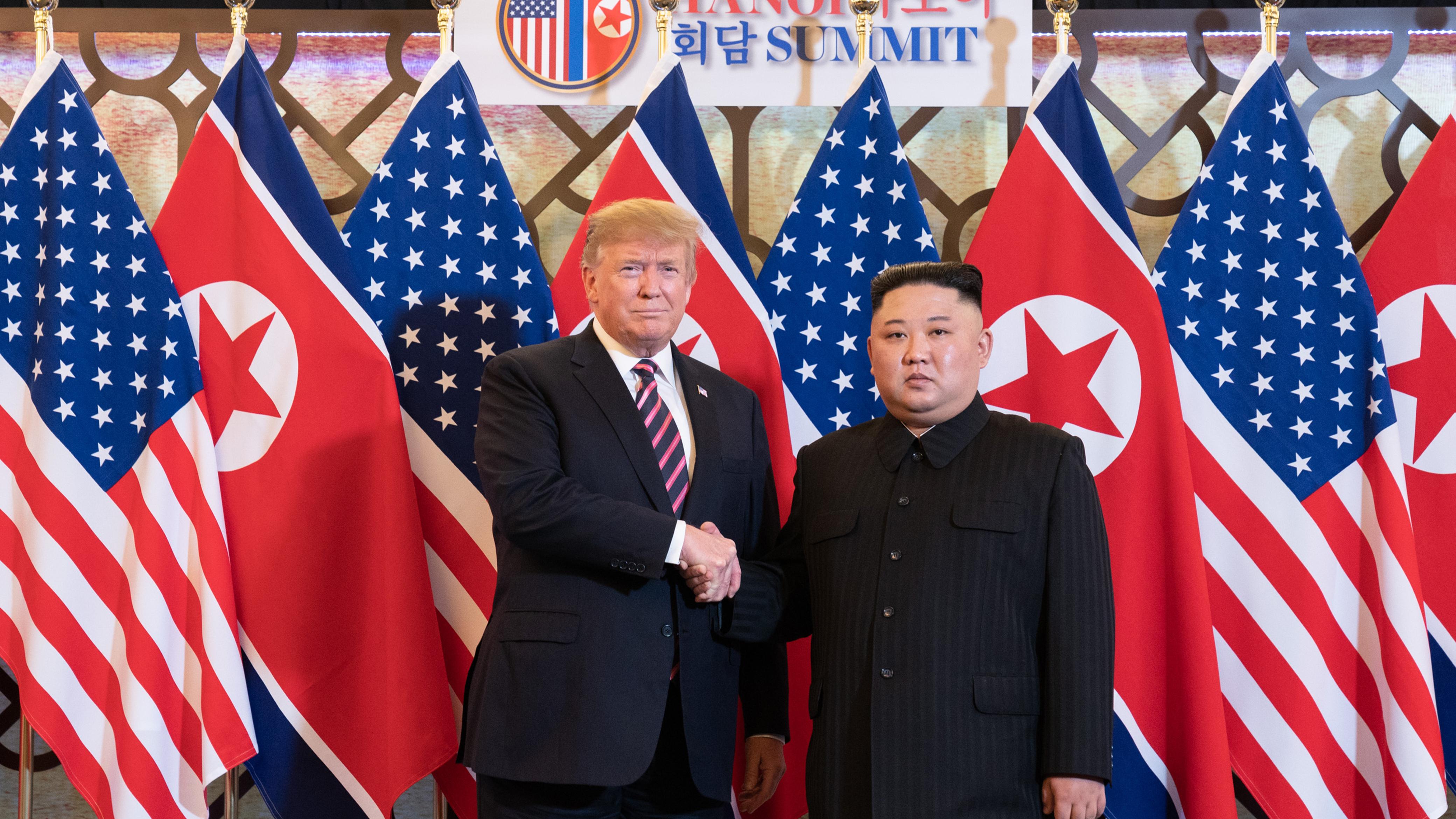In a provocative display of rising tensions on the Korean Peninsula, North Korea has denounced the recent arrival of a U.S. submarine in South Korea as a ”hostile military act.” The visit, which underscores the U.S. commitment to military cooperation with its South Korean ally, has been met with sharp criticism from Pyongyang, escalating the ongoing war of words between the two nations. This development comes amid heightened security concerns in the region, where North Korea’s missile tests and military posturing continue to challenge efforts toward diplomatic resolution. In this article, we delve into North Korea’s response, the implications of the submarine’s presence, and the broader context of U.S.-South Korea military relations in light of escalating tensions.
N.Koreas Response to U.S. Military Presence in South Korea
Northern Korea has issued stern warnings in response to the recent docking of a U.S. submarine in South Korea, characterizing the event as a ‘hostile military act’. The North Korean leadership views this as a direct threat to its national sovereignty and has vowed to enhance its military preparedness. Official statements from Pyongyang suggest that the U.S. military presence in the region exacerbates tensions and destabilizes an already volatile security environment. Analysts speculate that this rhetoric may presage further military demonstrations or testing of weaponry by the North.
In the wake of these events, the regime has highlighted several points to reinforce its stance:
Increased Surveillance: The North plans to intensify its monitoring of U.S. and allied military activities in the region.
Militarization of the Korean Peninsula: North Korea asserts that such actions will lead to an arms build-up on both sides.
Potential for Retaliation: Officials have not ruled out the possibility of demonstrating military capabilities in response to perceived provocations.
North Korea’s Stance
U.S. Military Actions
Hostility towards military presence
Continued deployments in the area
Calls for heightened defense
Joint exercises with South Korea
Enhancing nuclear capabilities
Support for regional allies

Analyzing the Strategic Implications of the Submarine Visit
The recent visit of a U.S. submarine to South Korea has triggered sharp reactions from North Korean officials, who have condemned it as a “hostile military act.” This visit not only underscores the ongoing military cooperation between the U.S. and South Korea but also serves as a strategic message to Pyongyang. The presence of advanced naval assets in the region can be interpreted as a deterrent aimed at discouraging North Korean provocations and signaling that the U.S. remains committed to defending its allies in East Asia. Such military displays highlight the importance of maintaining a strong, unified front against North Korea’s nuclear ambitions.
Moreover, the implications of this submarine visit extend beyond mere military posturing. It potentially shifts the regional power dynamics, heightening tensions not just between the Koreas but also involving China and Russia, who closely monitor U.S. actions in the area. The visit may prompt North Korea to escalate its military activities or rhetoric, thus fueling an arms race in the region. Additionally, the submarine’s capabilities could influence future defense strategies, compelling neighboring countries to bolster their military readiness. As both sides dig in, the potential for miscalculation looms larger, underscoring the critical need for diplomatic channels to remain open amid rising hostilities.

Regional Reactions: Allies and Adversaries Weigh In
Following the recent visit of a US submarine to South Korea, regional responses have varied dramatically, reflecting the complex dynamics of East Asian geopolitics. North Korea, characterizing the submarine’s presence as a provocative “hostile military act,” has condemned the US’s increased military engagement in the region. The North Korean regime’s statement underscored its concerns over perceived threats to its sovereignty and security, threatening to respond decisively to what it views as escalatory actions. This latest statement comes amid ongoing fears of a potential arms race on the Korean Peninsula and has raised alarms among local observers about the possibilities of heightened military tensions.
In sharp contrast, South Korea and other allied nations, including Japan and Australia, welcomed the submarine visit as a reaffirmation of their commitment to collective defense against North Korean aggression. Officials cited the importance of such military collaborations in assuring regional stability and enhancing operational capabilities. While South Korean President’s administration has advocated for stronger military ties with the US, Japan’s defense ministry also reiterated its support for measures to counter North Korean missile threats. This dichotomy in reactions highlights the ongoing rift between allies and adversaries in the region, emphasizing the fragile nature of peace in East Asia.

Evaluating the Impact on U.S.-North Korea Relations
The recent visit of a U.S. submarine to South Korea has reignited tensions between the United States and North Korea, with Pyongyang condemning the maneuver as a “hostile military act.” This provocative gesture has raised alarms about the future of U.S.-North Korea relations, as it not only reflects ongoing military collaboration between the U.S. and its allies but also signals the continued presence of American military assets in the region. Analyzing the situation reveals several critical factors:
Escalation of Rhetoric: North Korea’s strong language in response suggests a push towards increased hostility, potentially derailing any future diplomatic efforts.
Impact on Regional Security: The submarine’s presence may increase tensions in neighboring countries, particularly South Korea and Japan, as they navigate their own security strategies against North Korea’s nuclear ambitions.
Military Posturing: Both sides may engage in further military exercises or demonstrations of strength, which could overshadow prospects for peaceful dialogue.
In the long term, the implications of such military actions could hinder negotiations aimed at denuclearization as they reinforce North Korea’s perception of existential threats. To understand this dynamic, consider the following table summarizing recent interactions:
Date
Event
Response
October 2023
US Submarine Visit to South Korea
North Korean Condemnation
August 2023
Joint Military Exercises
Threats of Retaliation from North Korea
June 2023
US-NK Diplomatic Talks
Stalled Negotiations
As both nations navigate this complex and often fraught landscape, the challenge remains clear: balancing military readiness with the need for meaningful dialogue is crucial if there is to be any hope of stabilization in an already volatile region.
Recommendations for Diplomatic Engagement and De-escalation
In light of the recent tensions following the visit of a US submarine to South Korea, it is crucial to foster a diplomatic environment that prioritizes dialogue over hostility. Initiating talks involving key stakeholders—including the United States, South Korea, and North Korea—can pave the way for understanding and mitigation of fears. Constructive dialogue should be aimed at establishing common ground, which may involve recognizing mutual security concerns and exploring avenues for cooperation. The international community can play a pivotal role by supporting such discussions and providing platforms for negotiation and conflict resolution.
To further ease tensions, a series of confidence-building measures should be implemented, including:
Increased transparency in military activities by all parties.
Regular communication channels to address misunderstandings promptly.
Joint humanitarian initiatives to create goodwill among nations.
Additionally, an emphasis on regional multilateral engagements can be beneficial. Below is a simple overview of potential initiatives:
Initiative
Description
Track II Diplomacy
Encourage unofficial discussions among stakeholders.
Security Workshops
Host joint workshops focused on security and conflict resolution.
Cultural Exchanges
Promote cultural initiatives to build mutual respect.
By fostering an environment of trust and addressing the underlying issues, there can be a pathway to de-escalation that benefits all parties involved. Prioritizing collaboration over confrontation will be essential in reducing the likelihood of further military escalations and achieving long-term stability in the region.
Insights and Conclusions
North Korea’s vehement denunciation of the recent visit by a U.S. submarine to South Korea underscores the ongoing tensions in the region. This episode highlights the fragile nature of security dynamics on the Korean Peninsula, as Pyongyang perceives such military activities as provocative and threatening. The reaction from the North not only reflects its longstanding opposition to U.S. military presence in the area but also sets the stage for potential escalations in military posturing. As stakeholders navigate these delicate waters, the importance of dialogue and diplomatic engagement becomes increasingly evident amid the backdrop of military maneuvers and political rhetoric. With the global community closely monitoring the situation, the coming days may reveal further developments that could shape the future of inter-Korean relations and regional stability.
The post N.Korea Slams ‘Hostile Military Act’ After US Submarine Visits South – The Defense Post first appeared on Asia News.
Author : Jean-Pierre CHALLOT
Publish date : 2025-02-12 23:25:10
Copyright for syndicated content belongs to the linked Source.
